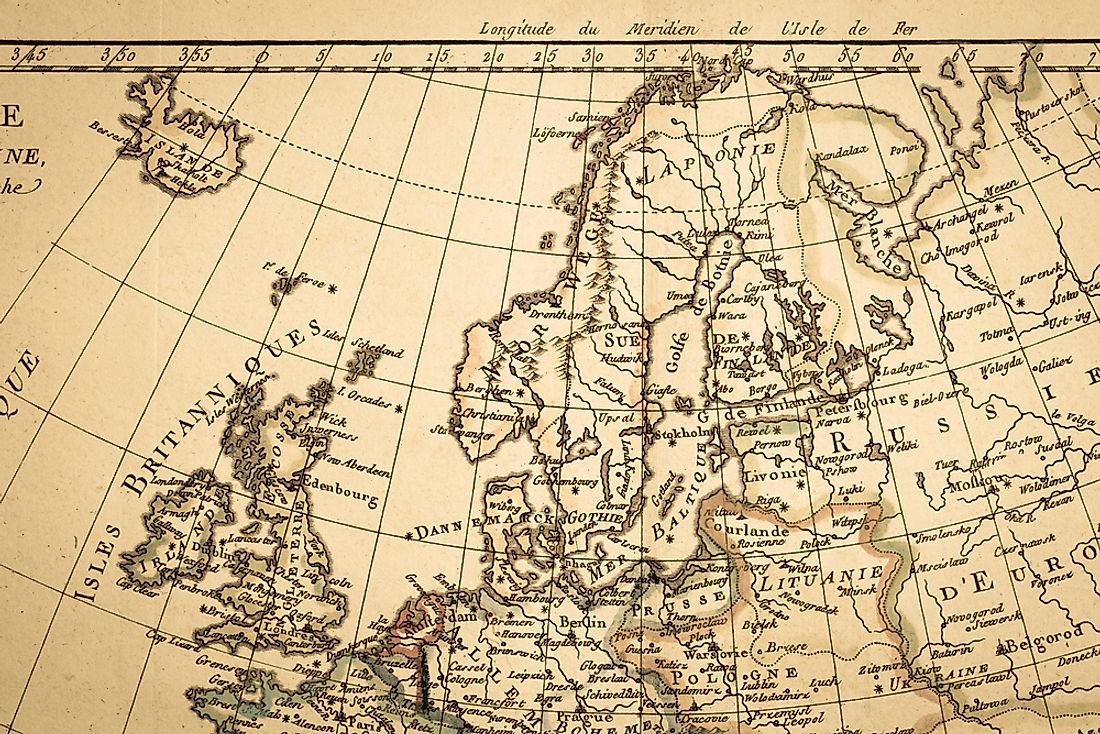Movements Throughout History - Enlightenment

What Was The Age Of Enlightenment?
The Age of Enlightenment, also known as the Age of Reason, was a movement in the 18th century that was based on knowledge and philosophy. Enlightenment included ideas that centered on reason as the main source of legitimacy and authority, and advocated for ideals such as liberty, tolerance, separation of church and state, constitutional governance, and fraternity. The period of Enlightenment was associated with the redefinition of European communication, politics, and art. The movement was also characterized by individuals (known as "thinkers") who sought out to find logical explanations for unexplained phenomena. The Enlightenment movement is one of the most important in history as it spurred other movements such as the Romanticism movement of the 19th century.
The movement can be traced back to the 17th century Europe when Galileo Galilei, Isaac Newton, John Locke among others were making discoveries which altered the theological beliefs and doctrines of the time. While prior beliefs and artistic expressions were most often inspired by theology and mythical beliefs, the Enlightenment movement believed that knowledge was most accurately obtained through accumulated experience and experiments.
While Enlightenment is used to define the movement which spread all over Europe, individual European countries had their unique variation of the movement. The movement of Enlightenment is said to have occurred in three distinct stages with key figures during each stage. These stages include the Early Enlightenment period (1685-1730) where Isaac Newton and John Locke were some of the key figures. The other stage is the High Enlightenment period of 1730-1780 which was highlighted by despots such as Prussia’s Frederick the Great as well as the American Thomas Jefferson. The last period is the Late Enlightenment period of 1780-1815 which was highlighted by the French Revolution led by Napoleon. This gave way to the rise of the Romanticism Movement of the 19th century.
Architectural Styles During The Age Of Enlightenment

Columns are a popular feature of neoclassical architecture.
Architectural designs developed during the Enlightenment period were inspired by scientific studies and featured ideal proportions and geometric forms. This form of architecture is usually known as enlightenment rationalism or neoclassicism. The architects of the period based their designs on science and were opposed to designs based on “archaic” beliefs and traditions. Spheres, cylinders, and cubes being the primary geometric forms used. Some of the architects of the period include Claude Nicholas Ledoux and Quatremere de Quincy.
Visual Arts During The Age Of Enlightenment
Much like architecture, visual artists during the Enlightenment period based their works on science and philosophy. Most of the pieces of art are influenced by philosophical ideas which are linked to reason. Paintings from this period are characterized by their simplicity and lack of religious themes.
Music During The Age Of Enlightenment
During the Enlightenment period, many compositions of music were created and inspired by philosophical ideals, including pieces by George Frideric Handel whose music gained national popularity in his native country of Britain where it was played extensively as oratorios and operas. The period also brought with it the simplification of the craft which saw the rise of many amateur musicians who were able to learn the new compositions.
Criticisms Of The Age Of Enlightenment
Many critics were vocal in their criticism of the Enlightenment movement and argued that the movement’s science-based ideas were out of touch with emotion. They also saw the movement as sacreligious.







